Amongst a sea of unfamiliar faces, a myriad of exotic names and doubles partners with identical haircuts in matching shirts, one wonders whose is the face of the future of badminton. Where and who is the proverbial Wally?
By Aaron Wong, Badzine Correspondent, reporting live from Sydney. Photos (live) by Kevin Chan.
—–
I happened to channel surf onto the tennis on TV past midnight and discovered a new sporting hero. In the space of a few minutes, four hours into proceedings, and although his opponent held the upper hand, I became transfixed by the fate of Gilles Simon of whom I hitherto knew nothing. There was something special about him and positive in the way he played which said that he was taking control of his fate. Against the odds, he held on for another 14 games to win in the fifth set, despite verging on cramping to a halt.
The Australian Youth Olympic Festival on Saturday saw the launch of the individual events in badminton, where the chief question being asked of competitors was: can you stand out in the crowd? Winning isn’t the most important thing here as they are youths, they are diamonds in the rough. Though for many of these youngsters English is not a language they speak, some were able to telegraph their answers with their racquets.
Boys’ doubles: A true doubles player at heart
Blink and you’d have missed it: a character revelation. In extending his hand to thank his mixed doubles partner and getting, in return, a misery guts expression but still able to reserve his disappointment, Chang Ko-Chi (pictured right, in the foreground) of Chinese Taipei illustrated that he is truly a doubles player because he embodies a spirit of camaraderie.
The entire stadium was rewarded with the best and loudest match of the day when he reappeared in the boys’ doubles quarter-final between Malaysia and Chinese Taipei. The tall Chang’s predisposition for teaming was transparent with the effervescent Liao Chi-Hung (pictured right, behind Chang) as his partner in crime. They never stopped encouraging each other with war cries in between long rallies of fearless defending, but it was Chang who also nurtured the partnership by stepping up to provide guidance and maintain their combined confidence. Though they narrowly missed pushing the match into a decider 21-16, 24-22, they achieved something few are able to do, which was to capture the full attention of everyone in the room and on top of that convince the crowd to be on their side.
Boys’ singles: Win-win
A difficult thing to do in badminton, if not the most difficult, since the inception of the 21-point rally scoring system, is switching to a new and better strategy midway. Australia’s Anthony Joe managed to turn his fortunes around after a 0-10 opening deficit in a singles match between left-handers when he faced top seed Soong Joo Ven (pictured) of Malaysia.
Joe wasn’t playing badly but was initially unable to compose a rally until he incorporated some variation in elevation of the shuttle, as his usual flat drive game plan was being completely read and surrounded by Soong’s reach.
Approaching the midpoint of the second match, their scores were neck-and-neck. Joe was able to showcase his talent to the maximum, as well as his intelligence, despite going down to the more experienced Soong 21-6, 21-16. Both athletes shone and gained fans.
The Australian will do well to replay this match in his mind until he extracts all the gold to help him mature as this has been a seminal match in his young career.
Girls’ singles: A natural
Chinese Taipei’s other jewel is Lin Ying-Chun (pictured), who is a natural singles player, as is obvious from the moment you see her warm up. Her quiet and contained disposition and nonplussed defence could not be more different from that of her semi-final opponent, Qin Jinjing of China, whose style is hardworking and followed up with a sensational squeal after each point won.
Although Lin is not worried by returning smashes, a bit more depth in her high shots to the rear court probably would have helped her cause. Part and parcel of singles is tiring your opponent and making her move half a step more over and over again in the latter stages of the match is better than not. Qin ruled over Lin 21-15, 22-20, but the Taipei player knew she was able to create her chances.
The answer: Girls and boys in the the red and white striped shirts & bobble hats
The question everyone wants answered is: will these names definitely be the ones that will shine in the future?
As for their opportunities to go far in badminton, owing to pros and cons that differ for top, second, and third tier nations, the best we can say is that we will see more of:
Verdet Kessler of Australia in women’s singles
Huang Yaqiong of China in women’s doubles
Chang Ko-Chi of Chinese Taipei in men’s doubles
Liao Chi-Hung of Chinese Taipei in men’s doubles
Anthony Joe of Australia in men’s singles (pictured above with the Australian team, far left)
Soong Joo Ven of Malaysia in men’s singles
Lu Chia-Hong of Chinese Taipei in men’s singles
Alex Lane of Great Britain in men’s singles
Xue Song of China in men’s singles
Gronya Somerville or Matthew Chau of Australia in mixed doubles
Holly Smith or Tom Wolfenden of Great Britain in mixed doubles
Click here for complete results
![AUSTRALIAN YOUTH OLYMPIC FESTIVAL Day 3 – Please stand out in the crowd Amongst a sea of unfamiliar faces, a myriad of exotic names and doubles partners with identical haircuts in matching shirts, one wonders whose is the face of the future of […]](http://www.badzine.net/wp-content/uploads/424366_10151458762526289_1635686278_n.jpg)
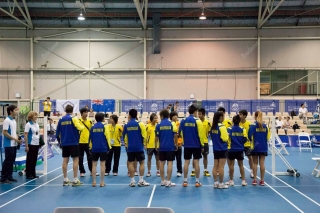
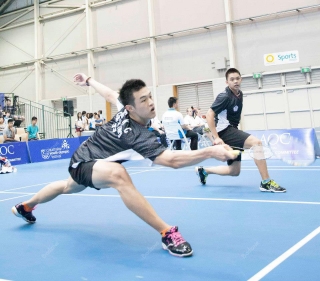
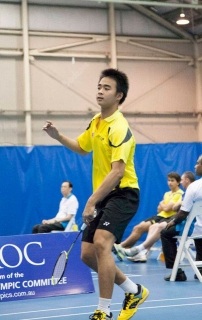
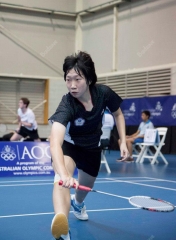
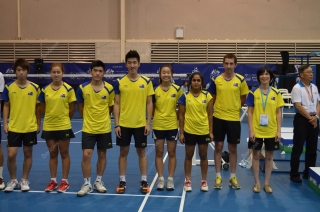

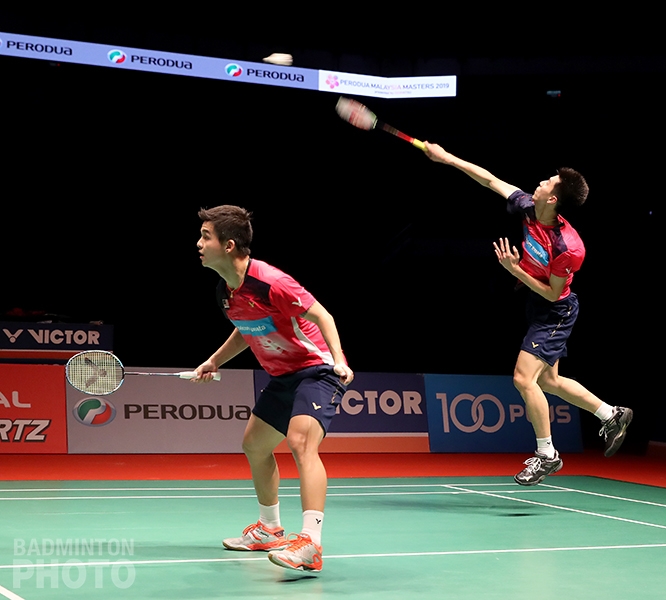
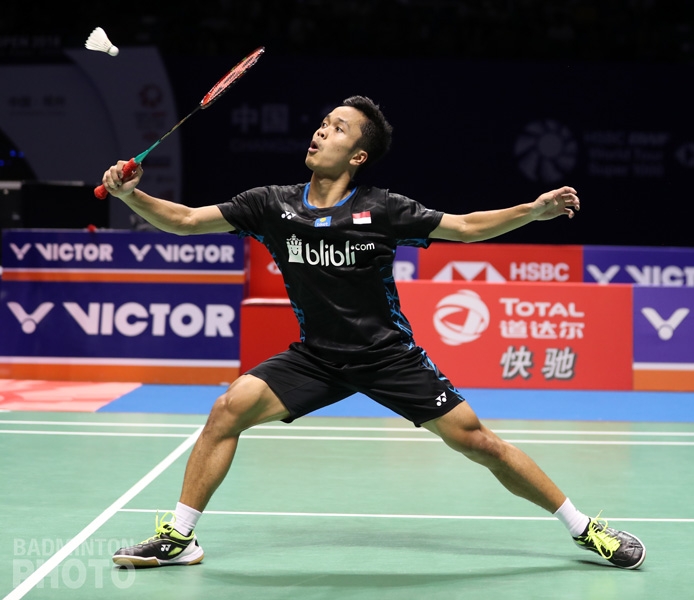
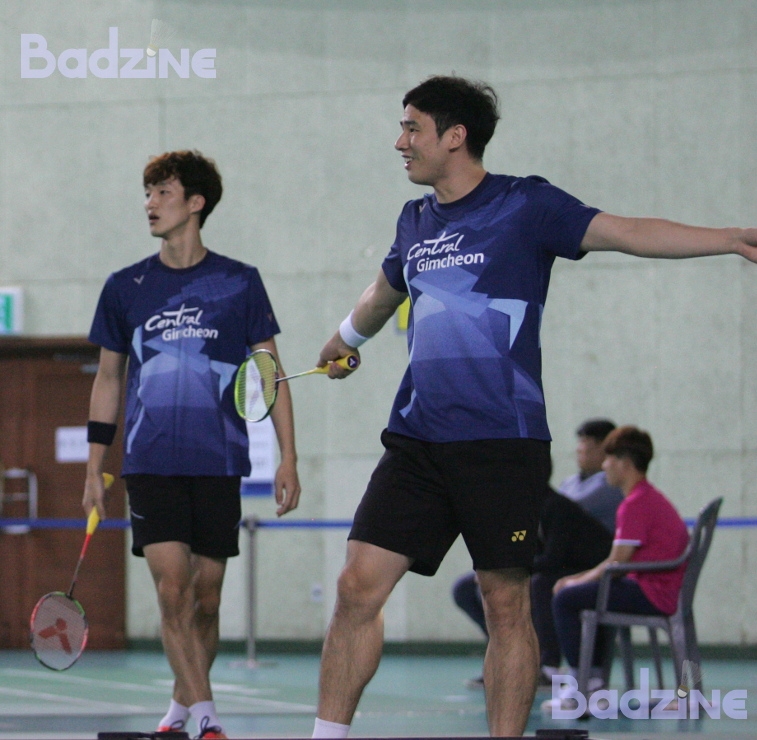
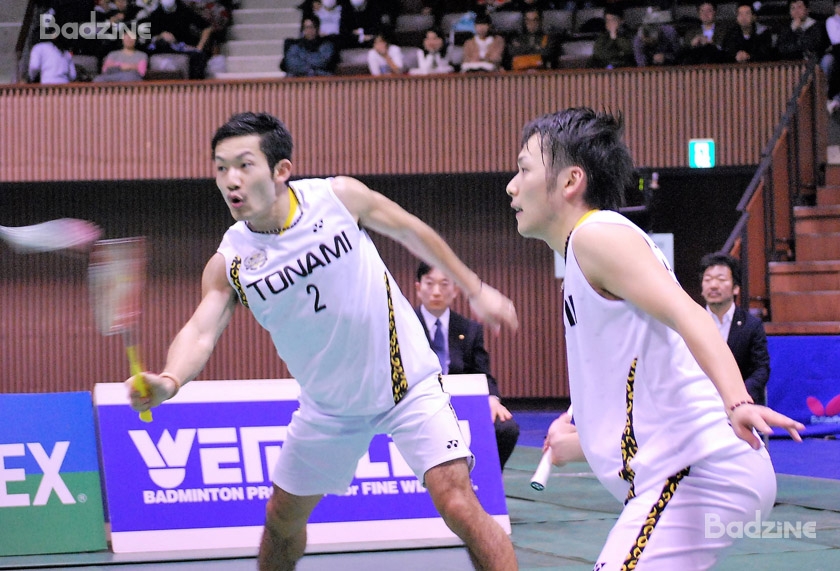
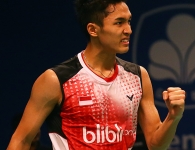
Leave a Reply